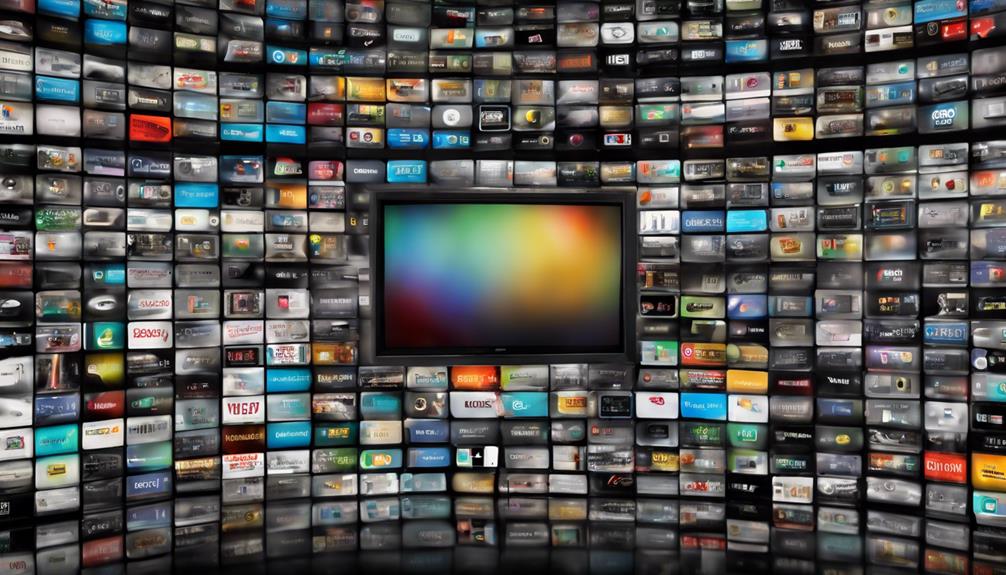As the global population ages, the need for innovative solutions to enhance the quality of life for elderly individuals becomes increasingly important. Gadgets designed specifically for the elderly can provide a range of benefits, from promoting independence and safety to facilitating communication and health management. In this article, we will explore various gadgets that cater to the needs of older adults, providing insights into their functionality and benefits.
1. The Importance of Gadgets for the Elderly
Gadgets for elderly people serve a crucial role in helping them maintain their independence while ensuring their safety and well-being. As individuals age, they may face challenges such as mobility issues, memory loss, and social isolation. Technology can play a significant role in addressing these challenges by:Small GadgetsIs Gadget Pickup Legit
- Enhancing communication with family and caregivers.
- Providing emergency assistance in case of falls or health issues.
- Facilitating daily activities through automation.
- Encouraging physical and mental engagement.
2. Top Gadgets for Elderly People
Here, we will delve into some of the most effective gadgets that cater specifically to the needs of elderly individuals.
2.1 Medical Alert Systems
Medical alert systems provide peace of mind for elderly individuals and their families. These devices typically consist of a wearable pendant or wristband that connects to a monitoring service. In case of an emergency, the user can press a button to alert responders.
- Examples: Life Alert, Philips Lifeline, and Medical Guardian.
- Statistics: According to the National Council on Aging, nearly 1 in 4 older adults falls each year, making these systems vital for prompt assistance.
2.2 Smart Home Devices
Smart home technology can significantly enhance the safety and comfort of elderly individuals. These devices allow for automation and remote control of home functionalities.
- Smart Lighting: Automated lighting systems can help prevent falls during nighttime trips to the bathroom.
- Smart Thermostats: These devices can adjust heating and cooling based on the occupant’s routine, ensuring a comfortable environment.
- Voice-Activated Assistants: Gadgets like Amazon Echo or Google Home can help elderly individuals set reminders, play music, or control other smart devices through voice commands.
2.3 Wearable Health Monitors
Wearable health monitors can track vital signs and physical activity, providing valuable data for both the user and their healthcare providers.
- Examples: Fitbit, Apple Watch, and Garmin devices.
- Benefits: Many of these devices can monitor heart rate, sleep patterns, and physical activity levels, helping users stay informed about their health.
2.4 Medication Management Systems
For older adults managing multiple prescriptions, medication management systems can ensure they take their medications correctly and on time.
- Examples: MedMinder and Hero Health.
- Features: These systems often include automated pill dispensers that alert users when it’s time to take their medication and can send reminders to caregivers if doses are missed.
2.5 Tablets and Communication Devices
Tablets and smartphones can keep elderly individuals connected with loved ones, combating feelings of isolation and loneliness.
- Specialized Tablets: Devices like GrandPad are designed specifically for seniors, featuring larger icons, simple interfaces, and easy video calling capabilities.
- Video Calling: Regular video calls can help maintain social connections, which are essential for mental health.
3. Case Studies: Real-Life Impact of Gadgets
Several case studies illustrate the positive impact that gadgets can have on the lives of elderly individuals.
3.1 Mary’s Journey with a Medical Alert System
Mary, a 78-year-old woman living alone, experienced a fall in her home. Fortunately, she had a medical alert system that she activated, allowing emergency services to reach her within minutes. This incident highlighted the importance of quick assistance and how technology can play a pivotal role in safety.
3.2 George’s Experience with Smart Home Technology
George, a retired veteran, struggled with mobility issues. After installing smart home devices, he was able to control his home environment without moving around. He could adjust the lights and thermostat using voice commands, which greatly enhanced his quality of life and independence.
4. Challenges and Considerations
While gadgets can offer numerous benefits, there are challenges to consider when introducing technology to elderly individuals:
- Technology Adoption: Some elderly individuals may be resistant to using new technology due to unfamiliarity or fear.
- Cost: The expense of purchasing and maintaining gadgets can be a barrier, especially for those on fixed incomes.
- Privacy Concerns: With smart devices connected to the internet, there may be concerns about data privacy and security.
5. Conclusion
Gadgets designed for elderly individuals can significantly enhance their quality of life by promoting independence, safety, and connectivity. From medical alert systems to smart home devices and communication tools, technology offers a variety of solutions tailored to meet the unique needs of older adults. However, it is essential to consider the challenges associated with technology adoption, including cost and privacy concerns. By addressing these issues and promoting awareness, we can ensure that elderly individuals can benefit from the advancements in technology, leading to a more fulfilling and independent life.
